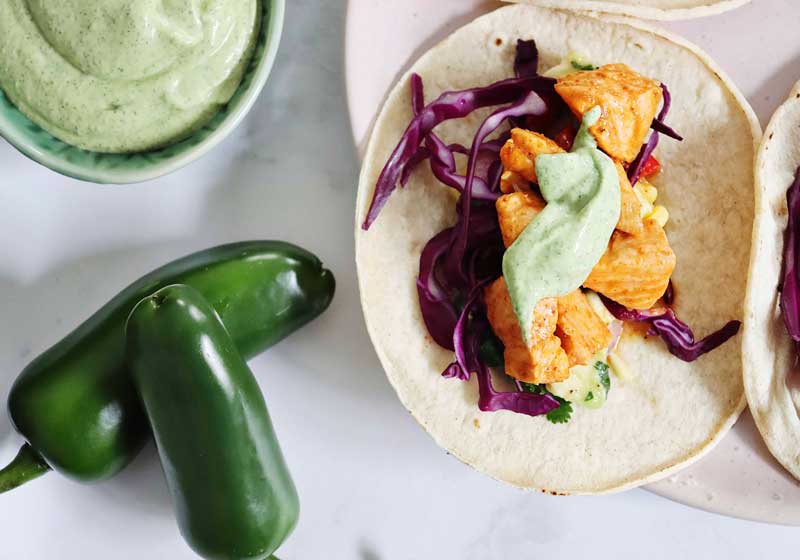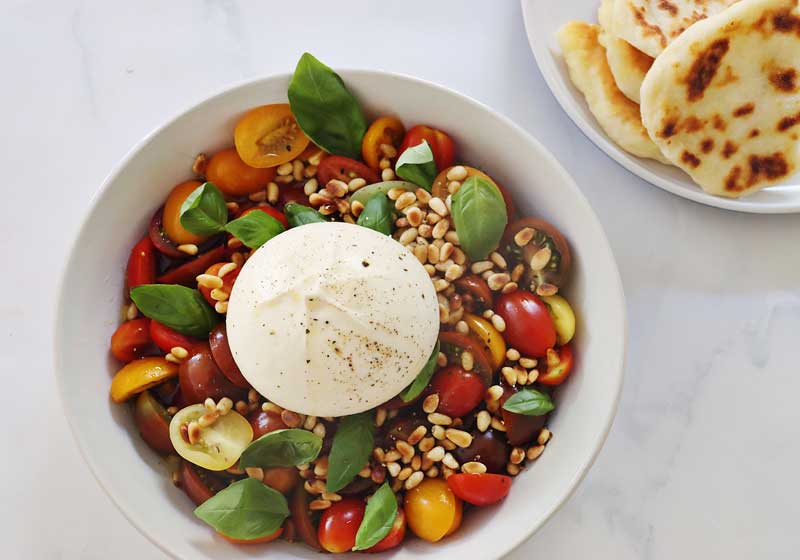Men's health isn't just about avoiding high blood pressure or dodging the flu this Winter. It encompasses physical, mental, emotional, social and spiritual wellbeing. It's not simply about the absence of disease.
This is a timely reminder as next week is Men's Health Week, which is a fantastic initiative to put the issue of men's health back in the spotlight - because it's clear we need a helping hand.
We are facing a men's health crisis in Australia and abroad, with higher rates of chronic disease, mental health challenges and shorter life expectancies compared to women.

Social norms around masculinity often discourage vulnerability, creating barriers to open conversations about mental and physical wellbeing. Many men also have poorer dietary habits, a higher alcohol intake and lower engagement in preventive health behaviours.
We're also less likely to check in with the GP or take proactive steps to ensure good health. We're even reluctant to go to the doctor when something goes awry. That classic 'she'll be right' mindset might work for a leaky tap, but it's not doing us any favours when it comes to our health.
Meanwhile, from a dietary perspective, when we think of the typical Aussie man's diet, it's hard not to picture a Bunnings sausage sizzle, a pie at the footy, or a BLT from the local bakery. While these foods can still be enjoyed occasionally, we can take the meals men love and give them a subtle upgrade that delivers both on taste and nutrition. Hear me out.
It is not about ditching the steak and going exclusively plant-based. It's about nutrition by addition – boosting meals with simple tweaks. I want to celebrate Aussie favourites and show how small shifts can make a big difference.
Improving your nutrition is not just about reducing risk factors for cancer, diabetes and heart disease; it's also about enhancing your brainpower, energy levels and overall wellbeing. The best part? It will still taste delicious - scout's honour!
Nutrition by addition is a concept that flips the script. It's not about deprivation or restriction. So, rather than focusing on what to remove, this approach is all about what to add to your plate.
More colour, fibre, variety, texture and nutrients. It's also about spending more time in the kitchen because having some culinary knowledge and confidence can help men take charge of their health, cook with purpose and feel more empowered about what's going on their plate.
So, what does nutrition by addition actually look like in practical terms? Start with the foods you already know and love, then build on them. Think of it like a remix, not a replacement.

Love a burger? Keep it, but add a slice of cheese, some fried onions, grilled capsicum, a hearty spread of avocado and a handful of rocket and swap the white bun for something more wholesome, like sourdough or wholegrain.
Love a juicy steak and mashed potato? Throw some extra veggies in the pan, such as carrots, broccolini and spinach and drizzle them with extra virgin olive oil for a hit of flavour and, of course, some healthy fats.
It's these small, everyday tweaks that stack up over time, adding fibre, colour, texture and flavour, all while supporting your brain, gut and overall wellbeing.
The beauty is you don't need to reinvent the wheel. You can take classic Aussie meals and give them a slight nudge towards better nutrition without compromising what makes them comforting and familiar.
A hearty spag bol? Include a side of roasted veggies. Love a chicken curry? Stir in some extra veggies, tinned chickpeas and a handful of coriander for a boost of fibre and other nutrients.
Even a parma can be teamed up with a hearty salad and homemade potato wedges. It's about building up what is already on your plate. So, while you still get to eat the foods you love, you're just pairing them with some tasty sidekicks that deliver added nutritional benefits.
There is a reason why this dietitian's favourite saying is: eat the rainbow. Adding a mix of colourful fruit and vegetables, different grains, or nuts and seeds to your meals isn't just about making your plate look appealing.

Different colours typically mean different nutrients and by eating a variety of colours, you can maximise your nutrient intake. For example, red foods, such as tomatoes and capsicum, can support prostate health.
Orange vegetables, such as carrots and sweet potatoes, are great for your eyes and the immune system. Dark greens, such as spinach and broccoli, bring iron, folate and fibre to your meals. Meanwhile, purple vegetables, such as eggplant or beetroot, can help support heart and sexual health.
It's not about perfection; instead, let's strive for better. aiming to get two or three colours on your plate at mealtimes can gently move the needle in the right direction. These colourful additions help boost your intake of plant compounds, fibre and vitamins.
When they're paired with foods you already enjoy, it becomes less about restriction and more about supporting your body in a way that feels achievable. The evidence is clear: eating just one extra serve of vegetables per day can slash our risk of type 2 diabetes by up to 14%.
Men's Health Week is more than just a reminder to book a GP check-up or eat more plants; it's a celebration of the small, everyday choices that add up to big wins for our health.
By embracing the concept of nutrition by addition, we're not just upgrading our plates; we're rewriting the script on what it means to take care of ourselves, both inside and out. Are you up to the challenge?







